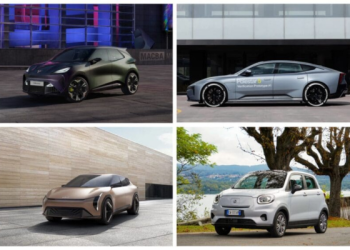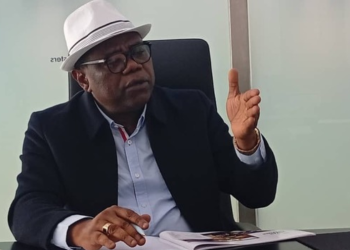As car prices in the U.S. begin to ease after a surge during the pandemic, consumers are facing another financial challenge: soaring auto insurance rates. For many buyers, the relief of lower car prices is being offset by the burden of higher insurance costs, creating a complex financial landscape for vehicle ownership.
For Dallas real estate agent Davis, the shock came when he renewed the insurance on his 2024 Cadillac XT4. The rate nearly doubled, leaving him questioning the joy of owning a new car. “It takes the fun out of owning a new car when you’re paying so much money,” Davis lamented. He expressed regret that he might have chosen a less expensive model had he known about the substantial increase in advance.
The intersection of decreasing car prices and increasing insurance rates highlights the challenges faced by consumers in an inflation-weary economy. While car prices are dropping as supply chain disruptions ease and inventories increase, rising insurance rates are eroding some of the benefits for buyers. Insurance costs now make up more than a quarter of the total cost of owning a vehicle for some models.
Several factors are contributing to the rise in insurance rates, including the increasing complexity of vehicle repairs and higher damage from climate change-induced storms. These factors, coupled with the overall inflationary pressures, have led to a 22.2% increase in auto insurance costs over the past year, the largest jump since the 1970s.
The impact of these rising insurance rates on car buying decisions is significant, particularly for consumers with limited budgets. While new vehicle prices have declined slightly and used car prices have seen a more notable decrease, the burden of insurance costs is becoming a more significant consideration for buyers.
For Federal Reserve policymakers, who are striving to lower inflation, the unexpected surge in insurance rates presents an additional challenge. As they work to address inflationary pressures, rising insurance costs serve as a reminder of the complexities of the current economic environment.
Despite the challenges posed by increasing insurance rates, car dealers are offering incentives to buyers to mitigate the impact on upfront costs. However, the overall effect on consumer affordability remains a concern, particularly as insurance costs continue to rise. As the automotive market continues to evolve, finding a balance between affordable prices and manageable insurance costs will be key for U.S. car buyers.
Read more on Tesla increases prices for Model Y cars in the US by $1,000











![Volkswagen electric vehicles [Volkswagen Group China]](https://autojournal.africa/wp-content/uploads/2024/04/Volkswagen-electric-vehicles-Volkswagen-Group-China-75x75.png)









